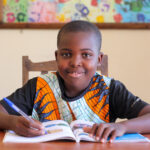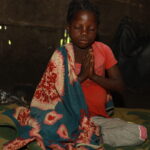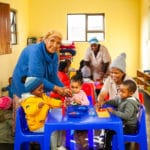On this, World AIDS DAY let us consider some of the issues surrounding those who live with the impacts surrounding HIV/AIDS. Article by Life Child co-founder and Life Child Mozambique director Annmaree Jorge.
Great progress in reducing the HIV/AIDS burden has been achieved since the peak but more needs to be done. The five countries with the highest burden of HIV/AIDS as measured by the proportion of death attributed to HIV/AIDS and age-standardized mortality rate were Botswana, South Africa, Lesotho, eSwatini, and Mozambique.

Mozambique’s current population is 31.26 million. Based on current projections, Mozambique’s population will surpass 100 million by 2078. Mozambique faces several challenges with population growth because the country continues to be very poor. Some of these challenges include ensuring access to health care and education (and compromising the quality of these services) and unemployment. UN World Population Prospects (2019 Revision)
Having lived in Mozambique for the past 21 years, working in Church planting and integral community transformation strongly focused towards orphaned and vulnerable children, one of the phenomena that is increasingly encountered, and is often due to HIV/AIDS is “intro-trafficking”. This form of trafficking is the transfer of children often due to extreme vulnerability from direct family care to extended family, to community members, or to living in a range of other precarious circumstances outside of family care.
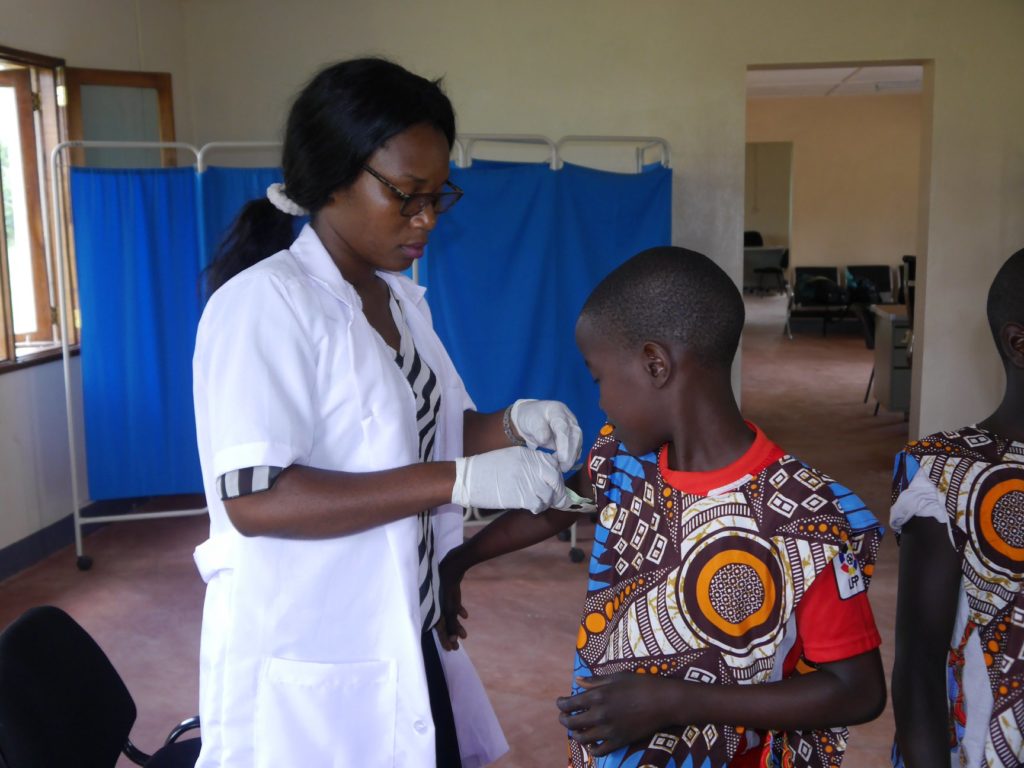
The impact of HIV/AIDS on families exemplifies the pressures that push families towards intro-trafficking: “HIV/AIDS has increasingly strained families, extended families, and communities in their efforts to care for children. In many areas, HIV/AIDS has increased the number of children requiring care and support. It is estimated that families and communities bear 90% of the financial cost of caring for infected and affected children in areas hardest hit by AIDS. Very often these families receive little external assistance.” (OVC support.net)
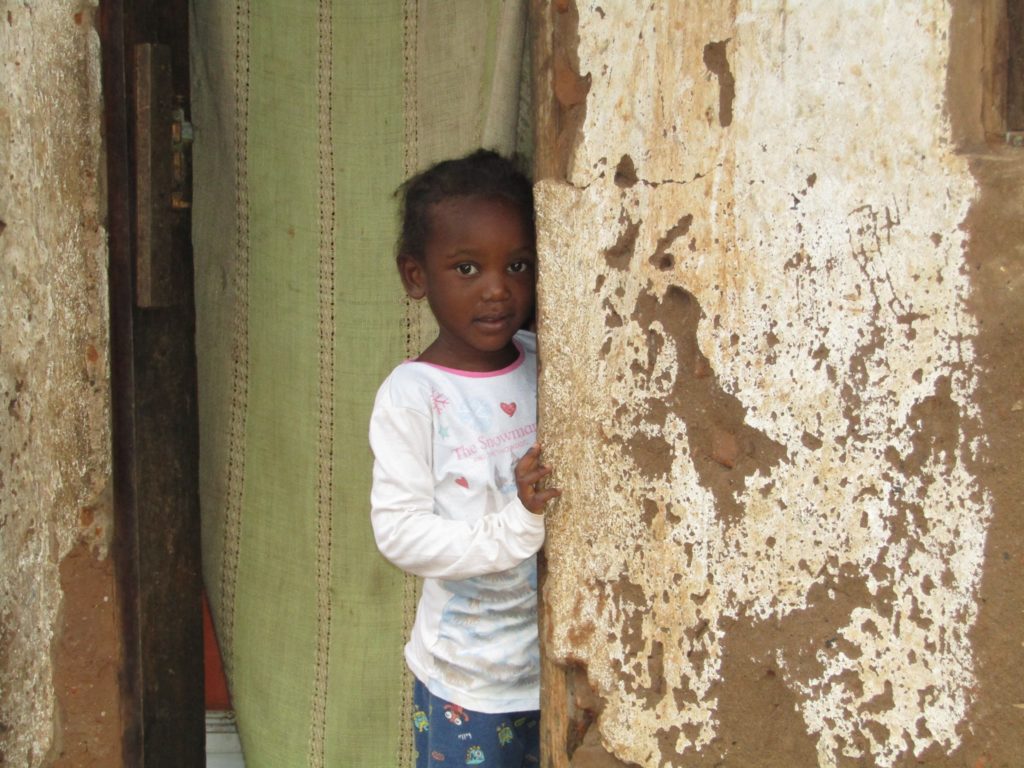
The impact of HIV/AIDS has severely tested the capacity of families to care for their children. The families move the children in an effort to relieve an overburdened household or in hopes of an economic opportunity. However, HIV/AIDS is only one contributing factor motivating the growth of intro-trafficking. Poverty, HIV/AIDS, parental illness or loss, migrant labor, and other stressors contribute to children and youth being separated from their families and intro-trafficked—as poverty relief or under the guise of opportunity.
Tragically, the intro-trafficking “solution” most often puts the child in a greater state of vulnerability. Children living outside of family care typically lack adequate adult protection and are highly vulnerable to poverty, abuse, exploitation, and engaging in higher-risk activities that lead to HIV/AIDS. Research indicates that children living outside of family care are more likely than those living with parents to begin sexual activity at a younger age and less likely to have access to care, education, health needs, and other information and services to reduce their risk of HIV/AIDS (OVC support.net).
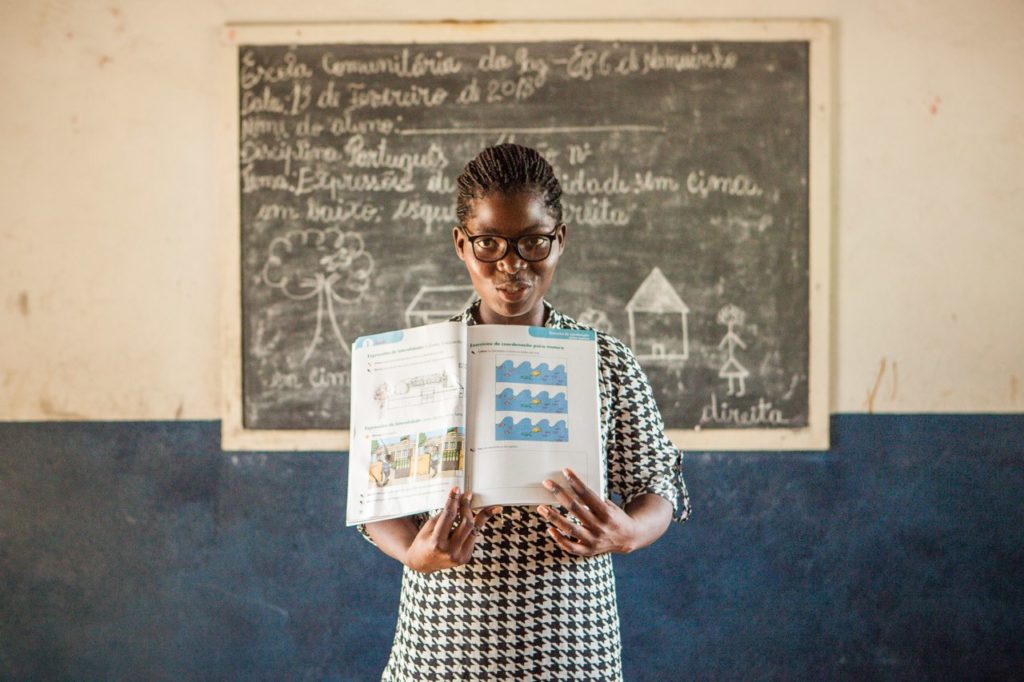
This has become an extremely important area for the local Church and Life Child, whose focus is on the development of the whole person, family, and the whole community. Through education and schools designed to reach out to those most vulnerable or orphaned in our communities, through discipleship and social development, personal values and decisions are changed. Interventions that integrate spiritual development, education, health and nutrition, social support, economic strengthening, and skills training are very effective in creating impact from child to family to the community.
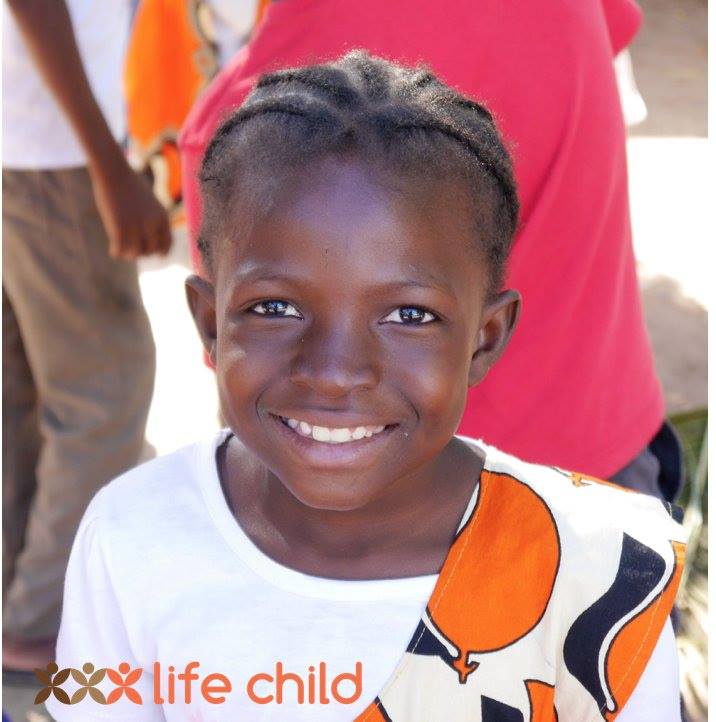
We are passionately committed to seeing a change in this area and a reduction of intro-trafficking and HIV/AIDS in our communities. As educators, when we view our children in the light of their full potential and maintain a close connection from child to home and community, it has been our experience that many of the potential trafficking situations can be avoided. We are able to create solutions together that will enable the child to remain within the safe care of family or an accountable substitute family where they will not be subservient. Instead, the child is allowed every opportunity to study and grow up to achieve their full potential and bring change to their own communities tomorrow, One Life at A Time.
If you are not a donor or a child sponsor just yet we would like to invite you to partner with us. Your donation and/or child sponsorship will support the work of Life Child in taking care of orphaned and vulnerable children, fight child trafficking, help build schools and clinics, and feed the children in need.
To sponsor a child visit https://lifechild.org.za/sponsor-a-child-2/
To make a donation visit: https://lifechild.org.za/ways-to-give/#give-a-donation-section
Sources:
UN World Population Prospects (2019 Revision) – United Nations population estimates and projections.
OVCsupport.net. Children living outside family care. Accessed 21 July 2015. Web
Maholmes, Valerie, John D. Fluke, Richard D. Rinehart, Gillian Huebner. Protecting children outside of family care in low- and middle-income countries: What does the evidence say? Child Abuse & Neglect 36 685–688.
UNDP. About Mozambique.Web.
